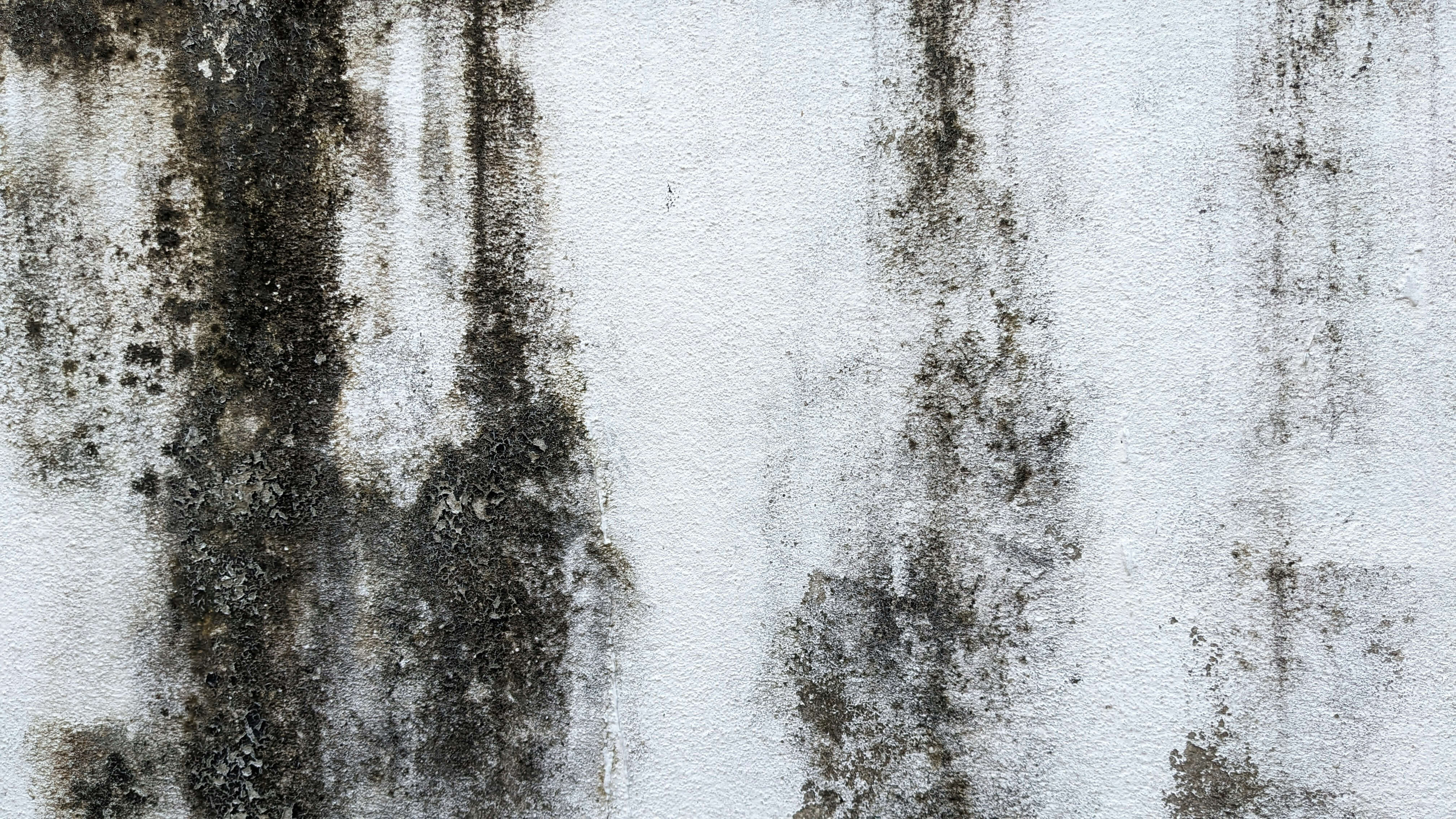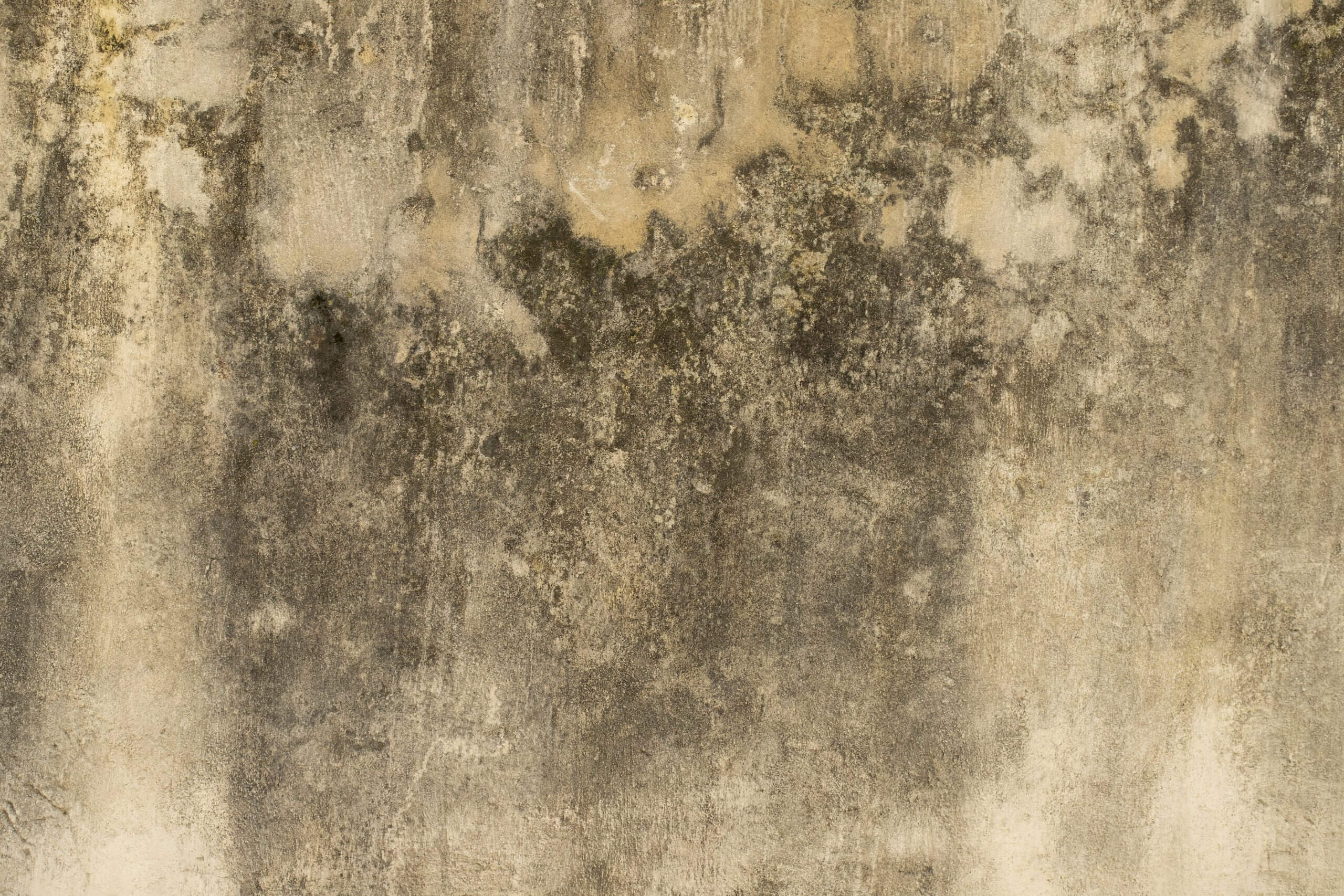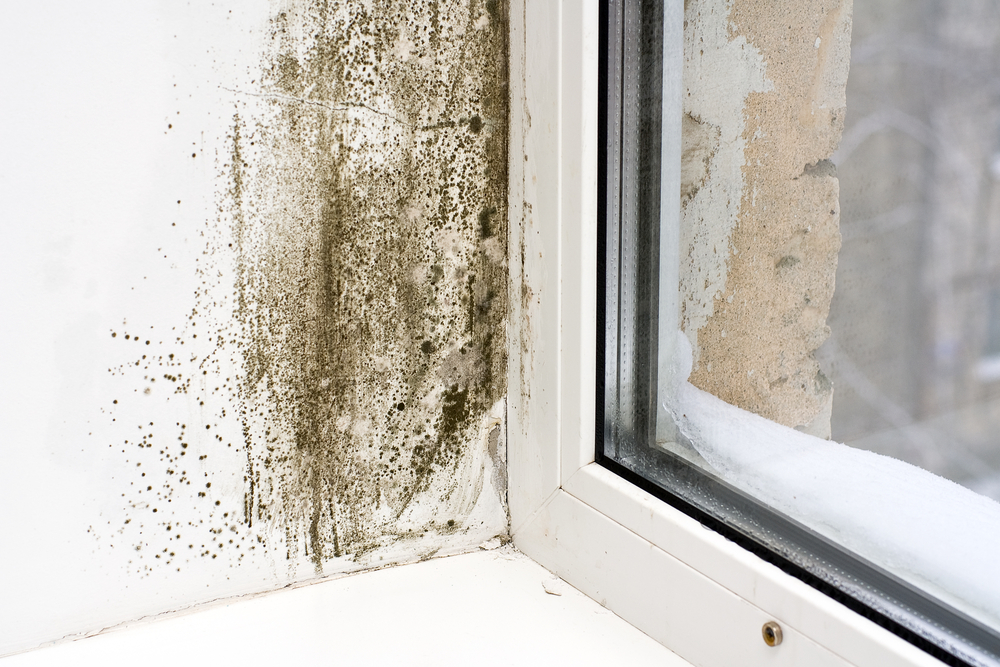Mold Removal Cost Guide
Mold in the home isn’t just an eyesore — it’s a major health hazard. Whether it’s a small patch behind drywall or a full-home infestation, mold remediation is essential for maintaining a safe and livable space. But how much does it cost? This guide breaks down average mold removal costs, key factors that affect pricing, and how to approach remediation correctly for the best long-term solution.
Signs That You Need Mold Remediation
Mold can grow in hidden areas, making it tricky to catch early. Early signs of mold range from visible growths to foul odors. Be on the lookout for:
- Mold Growth: Black, green, or white patches of mold often appear as fuzzy or slimy growths on baseboards, drywall, and in hard-to-reach spaces in your home.
- Musty Odors: A persistent, earthy smell in damp areas of your home, such as the basement, attic, or crawl space, could also be a sign of mold problems.
- Allergy-Like Symptoms: If household members are sneezing, coughing, or experiencing skin irritation, it could be a direct result of mold in your environment.
- Water Damage: Stains and warping to your home’s walls, ceilings, or floors might be a sign of hidden water damage. Where there is water damage, there is the potential for mold growth, and fast action is necessary.
- High Humidity: Areas in your home that are consistently damp, such as the bathroom or basement, are prone to mold growth. Monitor these areas and consider using a dehumidifier to prevent mold growth.

Is Mold Remediation Really Necessary?
Yes, mold remediation is one of the most necessary and important repairs a homeowner will have to undertake to ensure a safe and livable space. Mold can cause damage to your home’s drywall, flooring, and insulation.
Keep in mind that when you ignore a mold problem, it has the potential to quickly spread to other parts of your home through air ducts and other porous materials. Left untreated, these problems can lower your overall property value over time.
Finally, mold is a major health hazard for humans and pets alike. Mold can worsen respiratory issues and trigger new or existing allergy and asthma symptoms that cannot improve without intervention. Remediation becomes extremely critical when mold covers more than 10 square feet or appears in HVAC systems.
Average Cost of Mold Removal
Mold remediation prices range significantly based on the size of the infestation, location, and type of mold.
- Small Remediation (10 sq. ft. or less): $500 to $1,500
- Whole-Home Mold Remediation: $10,000 to $30,000
- National Average: Around $1,000 to $6,000
Factors such as local labor rates, humidity, and home age all influence pricing. You could also see some regional variations depending on the type of labor available in your area and the type of mold commonly found in parts of the country where humidity and water damage are more common.
Cost by Location in the Home
Some areas are more prone to mold due to moisture, poor ventilation, or hidden water leaks. Each of these areas will require special labor and tools to repair, affecting the bottom line.
- Attic: $1,000 to $3,000 — Mold in the attic often results from poor roof ventilation or leaks. Remediation may involve insulation removal and ventilation upgrades.
- Basement: $1,500 to $4,000 — High humidity and the risk of flooding make basements prone to mold growth. Costs rise if foundation repairs and sump pump fixes are needed.
- Bathroom: $500 to $1,500 — Bathrooms are frequently exposed to moisture and steam, making them common sites for mold growth. One way to mitigate this is by installing exhaust fans.
- Crawl Space: $500 to $2,000 — Dark, damp, and often forgotten, crawl spaces can host serious mold if not sealed properly.
- Drywall: $1,000 to $2,500 — Mold behind drywall may require complete panel replacement and sealing of the surrounding areas.
- HVAC System: $3,000 to $10,000 — If mold spreads through your home’s ductwork, professional disinfection and replacement could be necessary, driving up costs significantly.
- Whole House: $10,000 to $30,000 — Severe infestations throughout the home require extensive cleaning and sometimes even structural repairs. In the worst cases, remediation becomes so involved that families will have to temporarily relocate while the work is done.

Additional Cost Factors
Several other considerations can impact mold remediation prices, including the size of the affected area, type of mold, type of repairs needed, and any specialized labor.
Size of Affected Area
The larger the affected area, the more expensive your mold remediation project will be. Small spaces under 10 square feet could cost as little as $500 to fix, while spaces over 100 square feet could cost upwards of $5,000 to $10,000.
Mold Type
There are a few types of mold that are commonly associated with problems in the home.
- Aspergillus: This is one of the most common and poses a low to moderate health risk.
- Cladosporium: This variety is a bit more dangerous, though rare. The cost to mitigate this type will be a bit higher than Aspergillus.
- Stachybotrys: The most serious type of mold, Stachybotrys is often referred to as black mold. This kind poses the highest risk to health and safety. Specialized safety gear is often required for its removal, adding to the overall cost of the project. You can expect to pay between 20% to 50% more for a project involving black mold.
Repairs
Post-remediation repairs can include several facets, each contributing to the overall cost of the project.
- Drywall Replacement: $500 to $2,000 depending on the size and location of the space
- Insulation: $1 to $2 per sq. ft. depending on the type of insulation
- Flooring Repair: $1,000 to $5,000+ depending on the size of the space and type of flooring material used
- Roof or Plumbing Fixes: Varies widely depending on the scope of the problem
Inspections & Tests
Here’s how much you can expect to pay for mold tests and inspections:
- Mold Inspection: $200 to $600
- Air Quality Testing: $300 to $800
- Post-Remediation Testing: $150 to $500
Labor
Labor rates vary by region and job complexity. Specialized mold professionals often charge more due to licensing and hazardous material handling. As mentioned, the most dangerous types of mold will require specialty tools and equipment, affecting the cost.
Preventing Mold in Your Home
Mold mitigation can be a costly and problematic endeavor. When possible, it’s best to focus your efforts on prevention to save time and money. To do so, consider the following:
- Keep the humidity level in your home below 50% by using dehumidifiers. Dehumidifiers are especially helpful where moisture is common, such as the bathroom and basement.
- Use exhaust fans in bathrooms and kitchens to remove the buildup of steam and water quickly.
- Fix leaks promptly. Water damage, even brief, can lead to mold growth down the line. Prevention is key when cleaning up a leak or spill.
- Insulate pipes and windows to prevent water from entering the home.
- Ensure proper attic and crawl space ventilation. These spaces are prone to trapping moisture, which can quickly lead to mold growth.
- Use mold-resistant building materials in areas that are prone to mold growth and water damage.

DIY vs. Professional Mold Remediation
While tackling minor mold issues is a doable project for most homeowners, certain projects are best left to the pros.
DIY Mold Remediation
For small, isolated areas, many homeowners will be able to remove mold themselves. This is only recommended when the affected area is less than 10 square feet. However, homeowners should not attempt to address mold problems involving HVAC systems themselves. In order to safely remove other mold infestations yourself:
- Use a mask and gloves
- Scrub hard surfaces with vinegar or detergent
- Discard porous materials such as carpet or insulation
- Ensure the area is dried and ventilated when finished
Professional Mold Remediation
Professionals ensure full removal, prevent regrowth, and provide post-remediation checks. Homeowners should hire a professional to help with mold remediation if:
- There is mold in your HVAC system, walls, crawl spaces, or structural components of the home
- You have recurring mold problems despite DIY efforts
- You find large or toxic mold infestations
- You don’t feel comfortable trying to remediate the mold yourself
How to Save Money on Mold Remediation
Mold remediation can be an expensive undertaking. Saving money is possible with early intervention and a savvy approach.
- Take Quick Action: In order to save, be sure to address your mold problem early on before it spreads. Quick action can prevent costly complications down the line.
- Look at Your Homeowner’s Insurance: Before reaching out to contractors, familiarize yourself with your homeowner’s insurance policy. Certain water damage incidents and mold problems could be covered. In addition, many home warranties charge a flat fee to have a contractor come out to fix certain covered problems.
- Compare Multiple Quotes: When the time comes to hire a pro, be sure to reach out to several licensed contractors to get multiple quotes. Compare quotes before choosing which pro to hire. In addition, some contractors will offer to bundle their services, such as combining an inspection cost with remediation, which can help you save.
- Schedule Regular Inspections: Finally, have your home inspected often for mold problems going forward to avoid having to pay for the same remediation down the line.
Bottom Line
Mold removal costs vary, but acting quickly and understanding the scope of your problem can save money and protect your home and health. Whether it’s a small bathroom issue or a full-scale mold remediation, being informed will help you take the right steps and find a solution at the right price.
